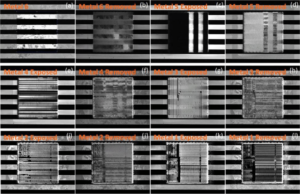 Restore IC Chip Embeded Information
Restore IC Chip Embeded Information
Restore IC Chip Embeded Information from program memory and data memory, the type of IC include MCU, AVR, PLD, CPLD and FPGA chip with the format of heximal which can be readout from Microcontroller memory;

Restore IC Chip Embeded Information from program memory and data memory, the type of IC include MCU, AVR, PLD, CPLD and FPGA chip with the format of heximal which can be readout from Microcontroller memory;
Another important thing to keep in mind is that security information inside PIC18F2550 could be restored even if part of the memory is corrupted. Suppose an attacker has correctly restored only m = 115 bits of an n = 128 bits long secure key, or 90% of the information. Then he will have to search through n!/(m!(n–m)!) = 128!/(115!13!) = 2.12·1017 ~ 258 possible keys. Having 10,000 computers, each performing 1 billion key-search operations per second, the attacker will spend only 6 hours to search through all possible keys.
If only 80% of information or 103 bits of a 128-bit secure key are known, than an attacker will need 2.51·1026 ~ 288 tries. Having even 100 times the capability, the attacker will spend more than a million years searching for the key. So to be sure that symmetric 128-bit keys cannot be retrieved from memory, it should be left without power for the time necessary to corrupt 20% or more of the cells. If error correction for key data is used, this value should be increased correspondingly. In our experiments, we assumed that no error correction was used.